Please note: In September 2019, we updated the DXOMARK Mobile test protocol to cover ultra-wide-angle performance and renamed the protocol DXOMARK Camera. We also expanded our low-light testing and created the new Night sub-score, which incorporates the previous Flash score. We have retested this device using the new Wide and Night test protocols and updated the scores in this review, but we have not changed the text from the original review. For more information, please see the articles about our new Wide and Night test protocols.


Samsung Galaxy S10+ camera review (originally published February 21, 2019)
The Galaxy S10+ is Samsung’s brand-new flagship smartphone and comes with a 6.4-inch Quad HD+ AMOLED Display and a triple-lens setup in its main camera. Samsung combines the primary 12Mp camera and variable-aperture lens with a 16Mp ultra-wide-angle module and a 12Mp 2x telephoto module. Read our review to find out how the Korean manufacturer’s new flagship performed in our DxOMark Mobile testing.
Please note: This is an expansion of our short review published right after the release of the Samsung Galaxy S10+ smartphone, and includes detailed test results and more sample photos.
Key camera specifications:
- Triple-camera setup
- Primary: 12Mp sensor with 1.4µm pixels and 26mm-equivalent, f/1.5–2.4 aperture lens, Dual-Pixel AF, OIS
- Ultra-wide: 16Mp sensor 1.0µm pixels and 13mm-equivalent, f/2.4-aperture lens
- Telephoto: 12Mp sensor with 1.0µm pixels and 52mm-equivalent, f/2.4 aperture lens, PDAF, OIS
- 2160p/60fps (1080p/30fps at default settings)
About DxOMark Mobile tests: For scoring and analysis in our smartphone camera reviews, DxOMark engineers capture and evaluate over 1500 test images and more than 2 hours of video both in controlled lab environments and in natural indoor and outdoor scenes, using the camera’s default settings. This article is designed to highlight the most important results of our testing. For more information about the DxOMark Mobile test protocol, click here. More details on how we score smartphone cameras are available here.
Test summary
With an overall DxOMark Mobile score of 109 points, the Samsung Galaxy S10+ joins the Huawei Mate 20 Pro and P20 Pro at the very top of our smartphone camera ranking. The Samsung’s outstanding overall score builds on a Photo score of 114 points, with the camera doing especially well in the exposure, color, and bokeh categories.
The camera delivers good target exposure in most situations, but where the S10+ really beats the competition is dynamic range, with a noticeably wider tonal range than other high-end phones. Our testers also liked the S10+’s color rendering, which is pleasant under most conditions, with generally accurate white balance. Only in low light can the colors come out a little dull.
The S10+’s approach to texture and noise is typical for Samsung devices in that fairly strong noise reduction ensures low noise levels in all light conditions—but this also results in a loss of finer image detail, especially in indoor conditions and in low light. Some direct competitors deliver better fine details at the cost of higher noise levels. (The Huawei Mate 20 Pro even does a better job at detail preservation and noise reduction in indoor conditions.)
The AF system works reliably, consistently delivering accurate results, and the Samsung also performs well when shooting in flash mode. Flash images show good exposure and vignetting is hardly noticeable. On the downside, quite a few of our test samples showed a noticeable red-eye effect.
The Samsung’s bokeh simulation mode is one of the best we’ve seen. The effect comes with good isolation of the foreground subject, a nice blur gradient, and a pleasant bokeh shape, making for a simulated bokeh effect that is pretty close to the real thing.
The 2x tele-lens does a good job when zooming in, delivering good detail at close and medium range. At longer zoom ranges, however, it cannot quite keep up with the 3x lens of the Huawei flagships. Still, the Samsung scores well for zoom performance.
By default, the Samsung shoots 1080p Full HD video at 30 frames per second, and while at 97 points it can’t take the top spot for video, it nonetheless achieves an excellent result. In many respects, S10+ video footage shows characteristics similar to its still images: color rendering is nice in most scenes, and an emphasis on noise reduction results in clean images that show a slight lack of fine detail in most shooting conditions. Still, some temporal noise is visible, even in bright light.
The S10+ maintains good target exposure for video across all light levels, thereby achieving better low-light exposures than some competitors—for example, the iPhone XS Max.
The autofocus system generally does a good job at keeping the scene in focus, but our testers observed some instabilities when tracking moving subjects. Nevertheless, the Samsung’s image stabilization improves over last year’s Note 9 and is now on the same level as the very best for stabilization both while walking during recording and while holding the camera still.
Photo scores explained
The Galaxy S10+’s Photo score of 114 means the Samsung is our joint top device for still imaging. The score is calculated from sub-scores in tests that examine different aspects of its performance under different lighting conditions. In this section, we’ll take a closer look at these image quality sub-scores.

Exposure and Contrast
Samsung Galaxy S10+ (Exynos)
95
The Samsung Galaxy S10+ scores very well for Exposure and Contrast, thanks to accurate target exposures that drop off only slightly in very low light, and to an outstanding dynamic range that is noticeably wider than that of most direct rivals. In the exposure graph below, you can see that target exposure is good in most light conditions. In bright outdoor situations, images are well-exposed and exposure mostly remains good down to low light levels of 20 lux. However, the S10+ images can show some slight underexposure when capturing even dimmer scenes.

The Samsung deals very well with high-contrast scenes, such as the one below, capturing a noticeably wider tonal range than its closest rivals. Target exposure is very good and the camera does well at preserving highlight and shadow detail alike. Highlight clipping occurs only in scenes with extreme lighting contrasts. The S10+ deals very well with backlit scenes as well, delivering good target exposures and a wide dynamic range.
We captured the studio test samples below at a very dim light level of 5 lux. As you can see, the Samsung image is noticeably darker than the image captured with the Huawei Mate 20 Pro, but there’s not much difference between the S10+ and the Apple iPhone XS Max.

Color
Samsung Galaxy S10+ (Exynos)
89
Our testers liked the S10+’s color rendering, which is pleasant under most conditions and earns the device a good score for color. When shooting outdoors in bright light, colors are usually punchy and vivid, without going over the top, and the auto white balance system delivers pleasing results with fairly neutral colors.
Color rendering changes a little when shooting under typical indoor lighting and colors can come out a little dull and less saturated than with some competitor devices under similar conditions.
As mentioned above, the camera delivers good white balance in almost all scenarios and color shading is very well under control as well, especially in images captured in bright light or under indoor lighting. Only in low light could we find some slight color shading, but you’d have to look very closely to spot the effect, such as in the 20 lux sample shot of our studio test chart below.

Autofocus
Samsung Galaxy S10+ (Exynos)
98
The Samsung Galaxy S10+ scores very well in the Autofocus category, thanks to consistently accurate results in all light conditions. For our benchmark autofocus lab test, we shoot 30 consecutive exposures and defocus the device between each shot, and then wait either a short (500ms) or long (2000ms) delay before requesting focus. The graph below shows that even in low light, the Samsung consistently produces sharp images in all instances.

Texture
Samsung Galaxy S10+ (Exynos)
70

Noise
Samsung Galaxy S10+ (Exynos)
75
The S10+ uses a similar noise reduction and texture recipe as in previous devices we have tested from the Korean manufacturer. Noise is very well-controlled in all light conditions. On the other hand, the fairly strong noise reduction also results in a loss of fine textures, especially when shooting indoors and in low light. Even in the bright sample shots below, a slight loss of detail compared to the the class-leading competitors like the Huawei Mate 20 Pro is noticeable. That said, the S10+ still captures good detail in these conditions.
On the plus side, noise is pretty well under control in most conditions. In the blue sky image below, some luminance noise is just about noticeable, but less so in the S10+ image than in the iPhone XS Max image. The Mate 20 Pro produces a very clean image, offering the best overall detail/noise balance.
A loss of fine detail is more noticeable in indoor conditions, and we also observed hints of chroma noise in areas of plain color, such as on the gray panel above the door in the image below.
The situation is similar in low light. In the 20 lux studio samples below, we see that the S10+ is capable of keeping noise well under control, even in low light, but its noise reduction softens the finer details and textures in the image. The Apple camera produces a visibly noisier image; the Huawei, on the other hand, manages to deliver better detail than the competition while keeping noise levels very low.
Image artifacts of all kinds are generally well-controlled in Galaxy S10+ images. However, the device lost some points because of a loss of sharpness in the corners of the frame. Lens softness in combination with the Samsung’s strong noise reduction can lead to a noticeable blurring of fine textures in the affected areas. There is also a visible halo effect (ringing) along some high-contrast edges—but you’d have to zoom in pretty far in your image viewer to notice. Our testers also noticed a slight ghosting effect on moving subjects in HDR scenes, but again, you’d have to look very closely to notice.
The Galaxy S10+ performs very well when shooting with its LED flash. Without any additional light sources, white balance and target exposure are accurate and there is hardly any noticeable vignetting in the corners. You’ll find some slight luminance noise in the image, but levels of detail are decent. One negative is the red-eye effect that is visible in quite a few flash images. When shooting with the flash in low 5 lux tungsten light, an orange cast becomes visible, and the light fall-off towards the edges of the frame becomes more noticeable.

Zoom
Samsung Galaxy S10+ (Exynos)
68
The Samsung’s zoom performs very well for a 2x tele-lens, but is not quite on the same level as Huawei’s 3x optical lens in the Mate 20 Pro and P20 Pro. At close- and medium-range zoom distances, detail rendering is good, but some luminance noise becomes visible. The camera also does a good job at preserving a good dynamic range when using the zoom, which is not the case for all competitors. With its 3x optical zoom, the Huawei Mate 20 Pro captures slightly better detail, but at close range the differences between the S10+ and the Samsung are pretty small.
Zooming in further, the Huawei’s hardware advantages become more noticeable, as the Samsung captures lower levels of detail and shows more coarse luminance noise. Still, the S10+ does well and is one of the best smartphones for zooming currently available.

Bokeh
Samsung Galaxy S10+ (Exynos)
65
The S10+ camera is capable of capturing very nice images in bokeh mode, simulating the shallow depth of field of a DSLR and fast lens well enough to earn itself one of the best scores in this category so far. Isolation of the foreground subject is generally very good, with only some minor artifacts in complex scenes, and the blur it applies to the background looks pleasantly natural. The mode usually also renders spotlights in the background nice and sharp, even in low light, but sometimes the activation of the effect is slightly erratic, as you can see in the unnatural spotlight effect in the background of image below left.
One disadvantage is that the S10+ captures Portrait-mode images with the 26mm primary lens, which can result in some unflattering perspective distortion of the portrait subject. (Devices that use the longer tele-lens in portrait mode generally avoid this effect.)
Video scores explained
At 97 points, the Samsung Galaxy S10+ achieves an excellent score for Video, making it an appealing option for mobile videographers. The overall video score is derived from a number of sub-scores in the same way as the Photo score: Exposure (86), Color (89), Autofocus (96), Texture (56), Noise (76), Artifacts (84), and Stabilization (94).
By default, the Samsung shoots 1080p Full HD video at 30 frames per second, with footage similar to its still images: nice color rendering in most scenes, and clean images that lack a bit of fine detail in most shooting conditions; moreover, some temporal noise is visible even in footage shot in bright light.
The S10+ maintains generally good target exposure for video across all light levels, but our testers also observed some exposure instabilities, especially when shooting under indoor lighting. The S10+ achieves better low-light exposures than some competitors—for example, the iPhone XS Max, although the XS Max delivers better dynamic range, thanks to its video HDR. This said, for a smartphone without a HDR video mode, the S10+ offers very good dynamic range.
In video mode, white balance and color rendering are pleasant in most situations, but just as with still images, colors are slightly undersaturated in low light, making for a less vivid rendering of video footage than some competitors. The video autofocus is generally fast and accurate, but we observed some loss of sharpness and a stepping effect when tracking moving subjects in a scene. However, video stabilization is very efficient both when shooting without any camera movement and when recording while walking.
Artifacts are well-controlled in video mode, but footage shows some ringing around hard edges when shooting outdoors in bright light, and there is sometimes a noticeable judder effect when panning.
Conclusion
With the Galaxy S10+, Samsung has released a device with a camera that is on par with the very best in our DxOMark Mobile ranking. For still images, the S10+ scores 114 points, convincing our testers with outstanding dynamic range as well as very good exposure, color, and bokeh simulation. The new Samsung is also capable of recording excellent video files, with pleasant color, good exposure, and smooth framing, thanks to very good image stabilization. The Galaxy S10+ comes with the best camera we’ve seen on a Samsung smartphone, and will no doubt be one of the devices to beat in 2019.
As with other devices with a similar camera setup, the S10+ ultra-wide-angle camera did not have an impact on its DxOMark score. Still, it might be considered a very useful tool by many, making the Galaxy S10 an even more appealing option.
Photo pros
- Accurate white balance and good color rendering in most situations
- Low noise levels when shooting indoors and in low light
- Very wide dynamic range and excellent highlight protection
- Well-exposed flash images with hardly any light fall-off
- Good detail in close-range zoom images
- Realistic bokeh effect with good blur gradient and shape
Video pros
- Good white balance in color in most situations
- Fast and accurate autofocus
- Effective stabilization
- Good target exposure and decent dynamic range
Photo cons
- Lack of fine detail in most conditions
- Loss of sharpness across the field
- Lack of detail at longer zoom settings
- Ringing in bright light
- Some subject isolation artifacts in bokeh mode
Video cons
- Luminance noise in all conditions
- Ringing and judder effect in bright light
- Slightly undersaturated colors in low light
- Loss of sharpness and stepping when tracking a subject
- Some exposure instabilities, especially in bright light


















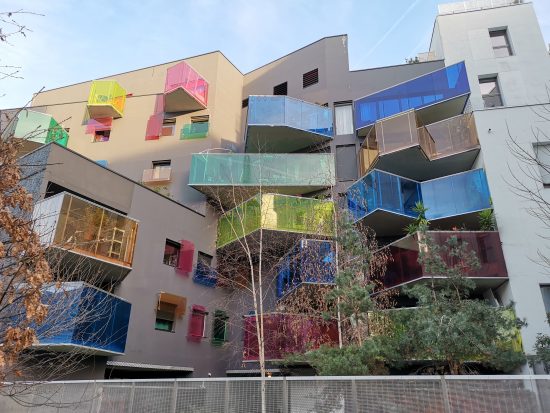












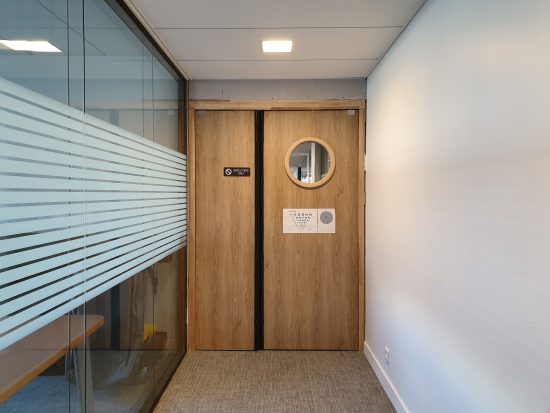
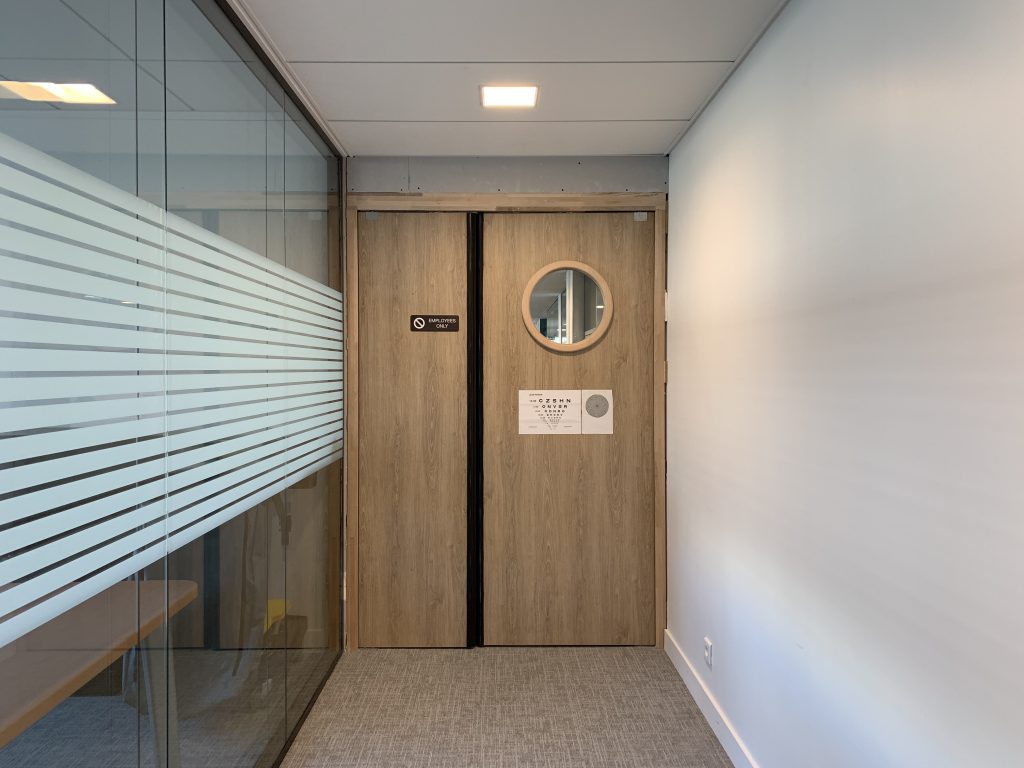









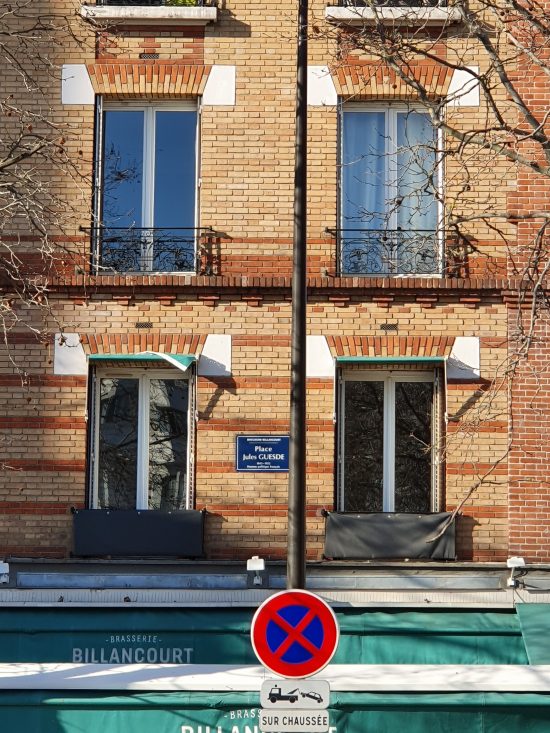
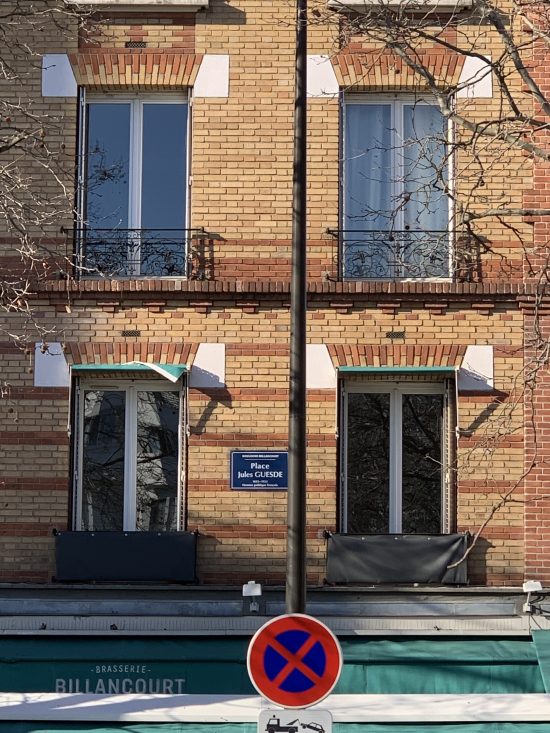
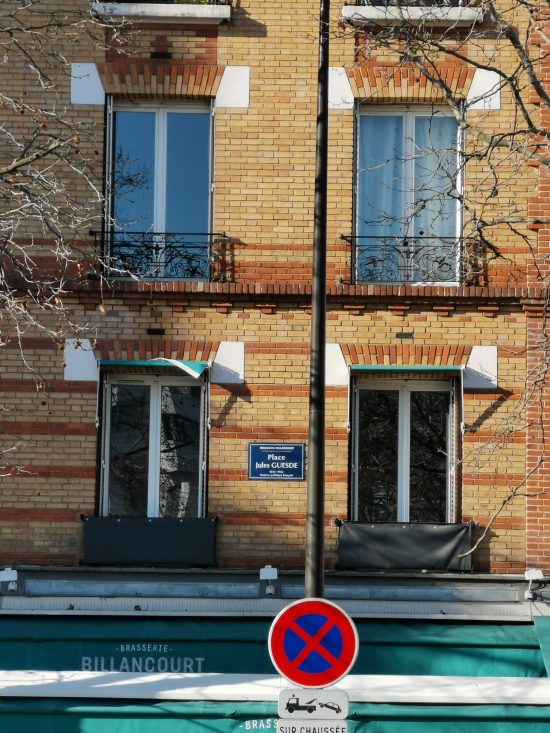


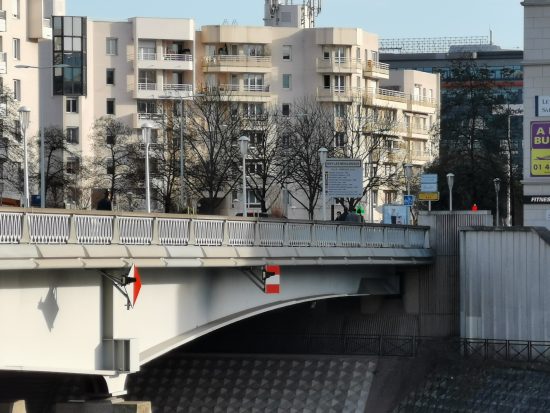


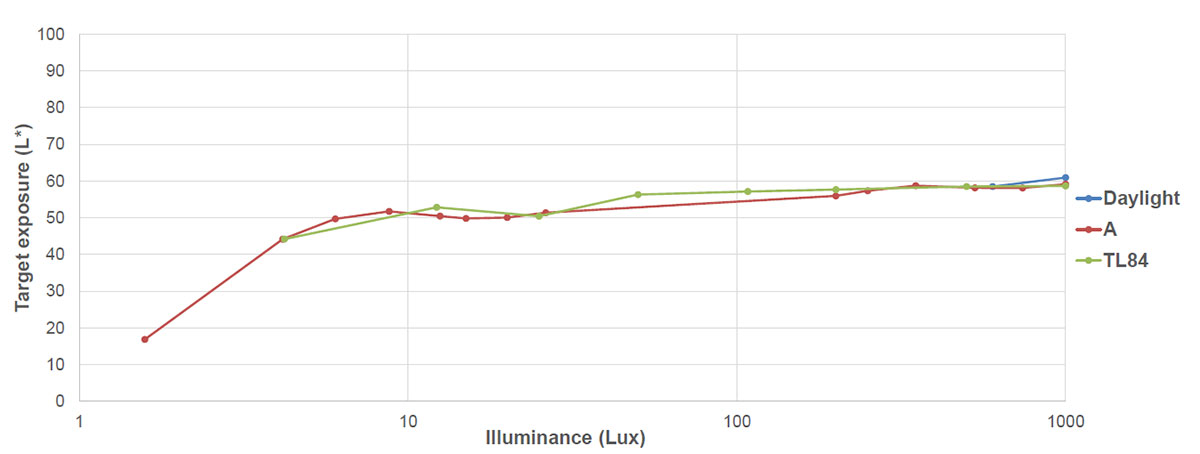


DXOMARK encourages its readers to share comments on the articles. To read or post comments, Disqus cookies are required. Change your Cookies Preferences and read more about our Comment Policy.